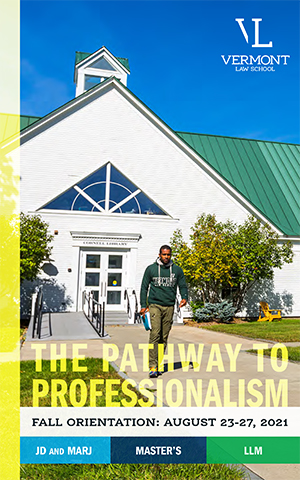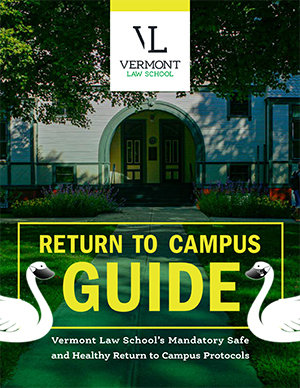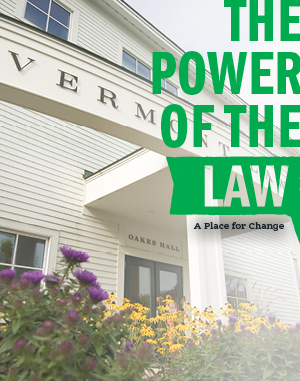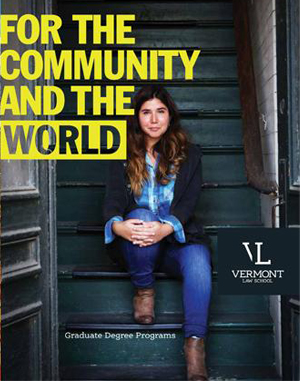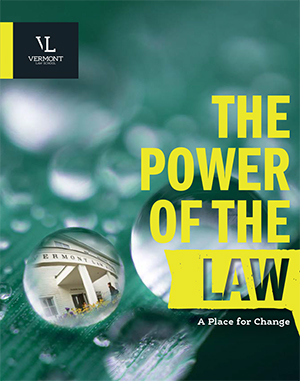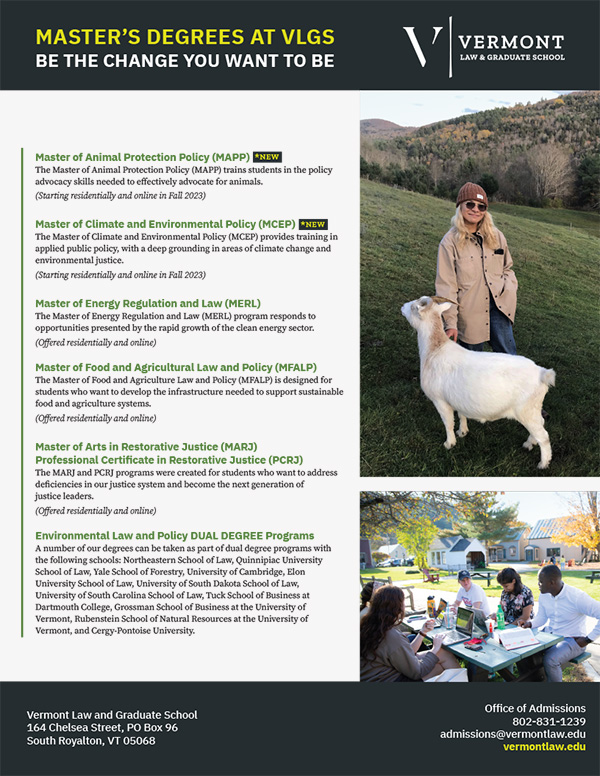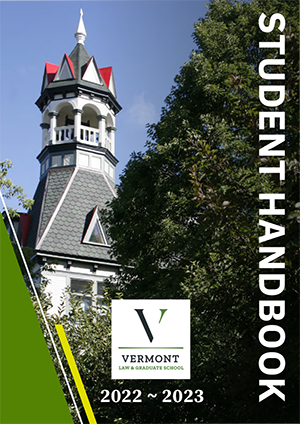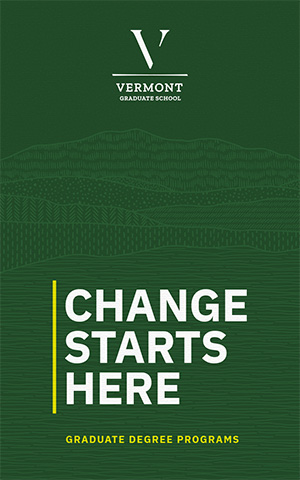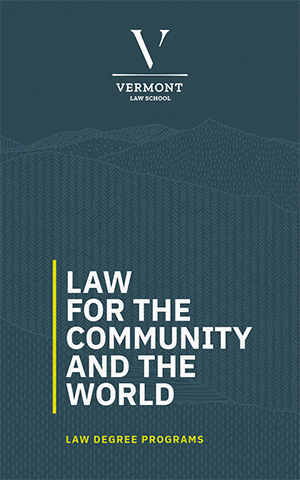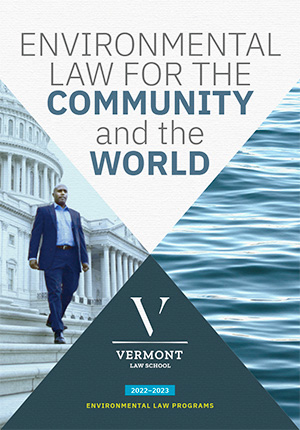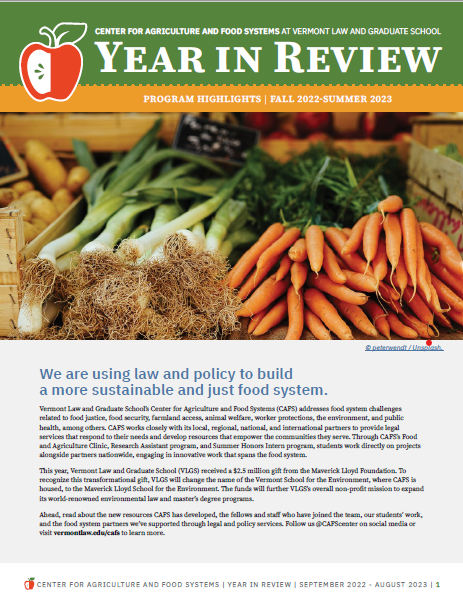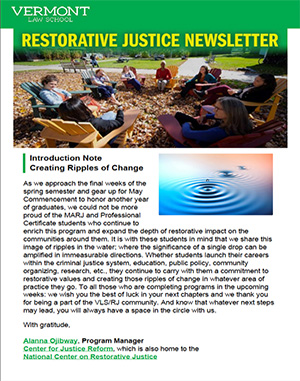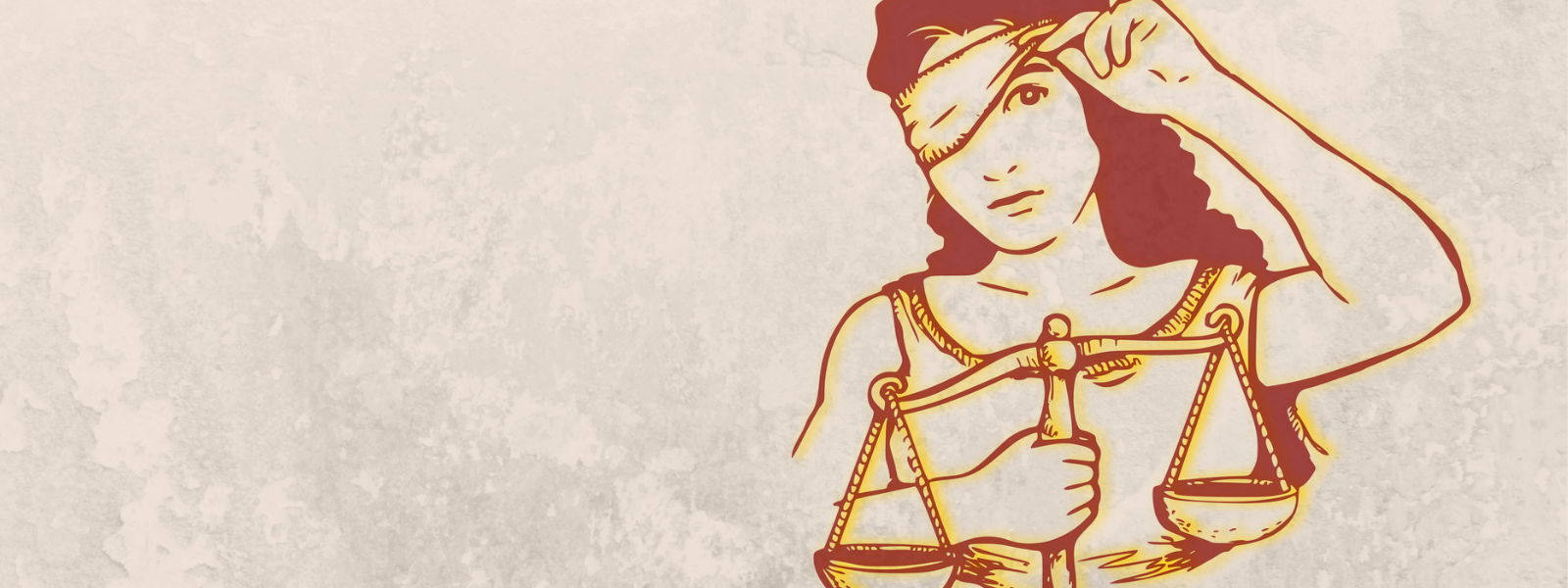A Virtual Restorative Justice Art Show
In honor of International Restorative Justice Week, the National Center on Restorative Justice at Vermont Law School launched “Reimagining Justice,” a virtual restorative justice art show. The artists featured in this collection were asked to consider a very important question:
"How can we use the power of images to communicate the concept of restorative justice and the greater philosophical shift at work to a wider audience?"
We received twenty-three submissions from around the world, each taking a unique approach to visually representing the philosophical shift at the root of restorative justice.
More than 900 visitors voted for their favorite image to win a Viewers' Choice Award. The following images received the most votes.
First Place: "The Goddess of Time" by Bourama Diarra, Giulia Villa, and Alessia Carboni
Second Place: "Restorative Future Now" by Skinner Middle School's Restorative Justice League: Diego Bueno (7th grade), Luciano Apodaca (8th grade), Deado Canales (8th grade), Ryan Gonzales (8th grade), Chris Pettis (8th grade), Mathias Quezada-Montoya (8th grade), Peter Ventresca (Restorative Practice Coordinator), and Allison Horton (Restorative Practice Coordinator)
And in a tie for Third Place: "An African Restorative Justice Lady" by Don John Omale and "Justice Lane" by Hope Hamerslough
While voting has closed, you can still view a gallery of the images here.
As incredible as these images are, the stories behind them and the people who created them are even more remarkable. Three out of four of the winning images were created by students who are deeply involved in the restorative justice movement. The winning images came from three different countries and highlight different facets of restorative justice. We hope you will enjoy learning more about these outstanding restorative artists and the process behind the images they created.
First Place: "The Goddess of Time"
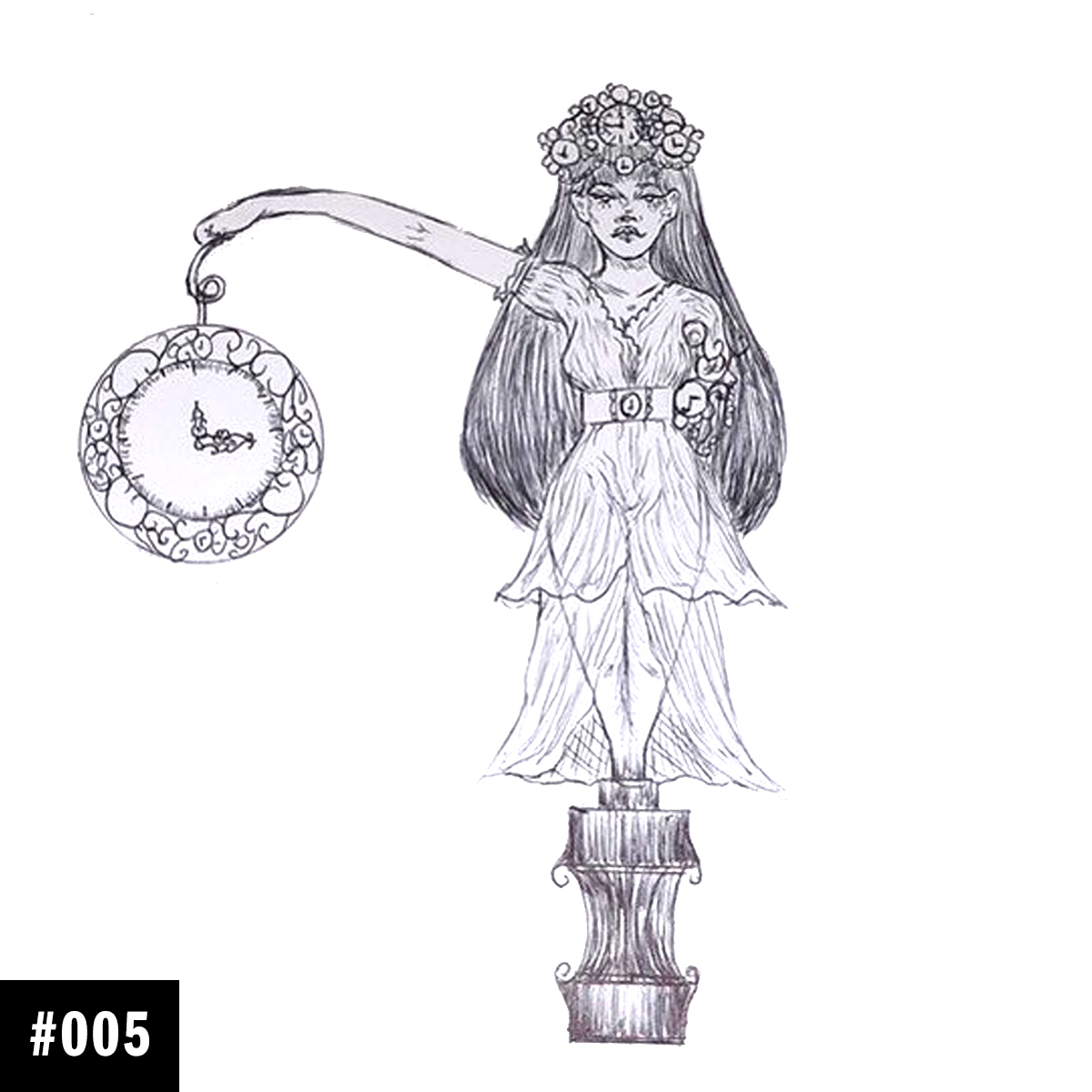
Artists: Bourama Diarra, Giulia Villa, and Alessia Carboni
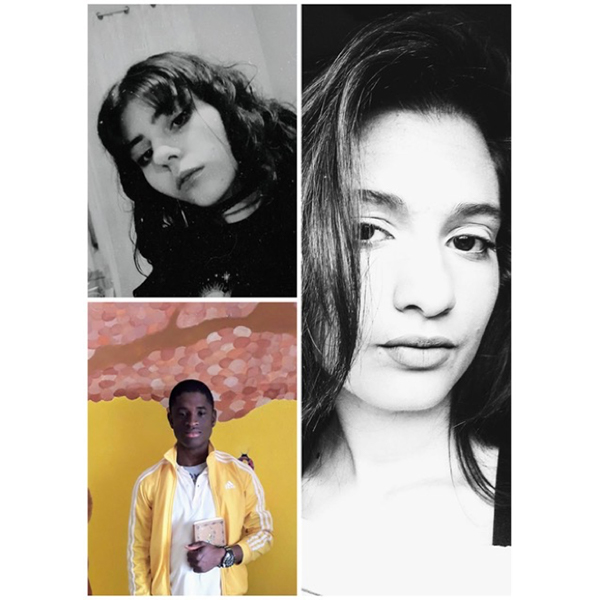
The students who created this image are from Tempio Pausania in Italy, a Restorative City. The city uses restorative practices to involve the whole community - schools, family, police, courts, municipalities, and other associations - to solve conflict in a peaceful and relational way. The project of Tempio Pausania endeavors to promote well-being through strengthening the relational bonds of citizens in the community. The Mayor of Tempio Pausania will be congratulating the three young artists on their win in a small ceremony.
The Tempio Pausania Restorative City project is led by the Team of Restorative Justice Practices of the Department of Humanities and Social Sciences of the University of Sassari.
Q: How are you involved with restorative justice?
A: We are the students of the De Andrè Art School of Tempio Pausania who have joined the school project of restorative justice.
This project involved us very emotionally and to the point of making us question many times even on some principles of our life.
Speaking of principles, we understood that they are fundamental cornerstones of society and we understood the importance of community, which also provides us with our identity.
Q: How did your idea for this art piece originate?
A: The idea was born when the Team of Restorative Justice Practices asked us to create a drawing that depicted Restorative Justice, which we called the revolutionary Goddess because it "revolutionized" our life. Another very important thing we have learned is not to take anything for granted.
After reflecting on the proposed theme, we agreed, by distributing the tasks, to represent a figure linked to time because time is the best judge that can exist.
The task of designing the image was entrusted to Giulia as the initial idea of the clock came to her because she is passionate about Gothic art. We played a lot on the freedom of art.
Because art is the place of creation and creation needs its time, just as justice needs its own. Art is the place of the word, of freedom, of communication as is restorative justice. They are both places of listening, of inclusion, they both know no exclusion. Finally, this work represents all of us as we move in time and space, we change some aspects, we produce others, we leave places, we move to others and take care of others. As we worked on this idea, we thought, it would be nice to make it in the form of a statue that identifies the city of Tempio as a restorative city due to its commitment to Restorative Justice.
Second Place: "Restorative Future Now"
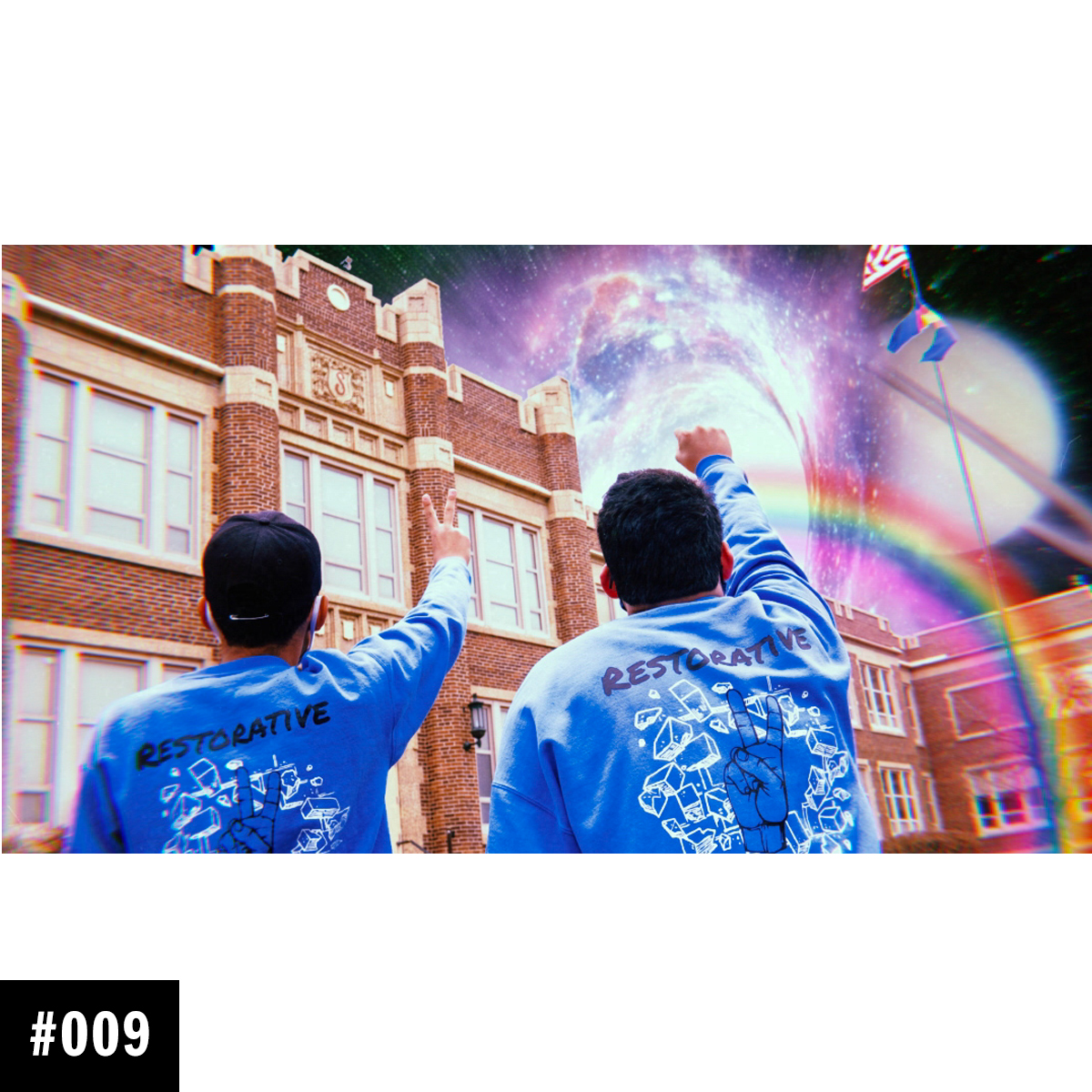
Artists: Skinner Middle School's Restorative Justice League: Diego Bueno (7th grade), Luciano Apodaca (8th grade), Deado Canales (8th grade), Ryan Gonzales (8th grade), Chris Pettis (8th grade), Mathias Quezada-Montoya (8th grade), Peter Ventresca (Restorative Practice Coordinator), and Allison Horton (Restorative Practice Coordinator)
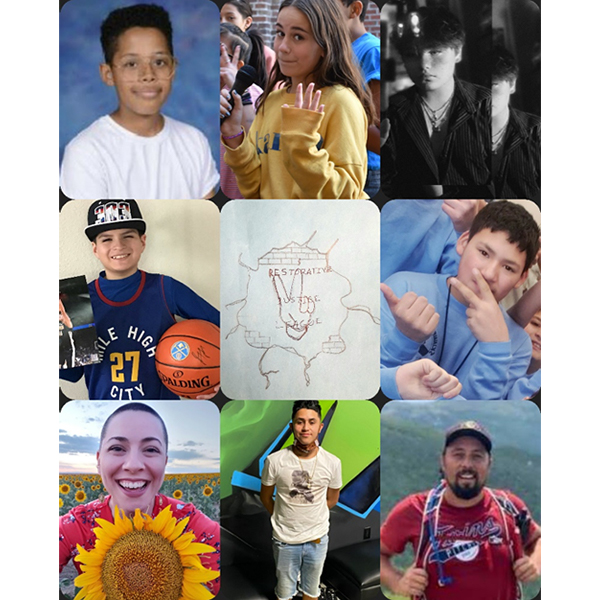
Q: How are you involved with restorative justice?
A: Skinner Middle School's student-led restorative club, Restorative Justice League (RJL), has been busy building community within our Northside Denver community for the last 3 years. We began as a club at our middle school in Denver, Colorado, USA in 2018. We love to facilitate community building circles (it's our favorite!), challenge our peers with monthly restorative challenges during grade-level assemblies, provide support to teachers and peers in the classroom when someone is having a hard day, and lead harm/conflict circles when needed. We hope to help other schools build a restorative school community as well, so we created a video to introduce community building circles to those who don't know what that is or how to facilitate one. (This is our "Community Building Circles 101" video on YouTube )
In 2019 RJL was selected to present at the National Association of Community and Restorative Justice national conference. That was a really cool experience for us to talk about our club and what we do, but also meet so many other people who are leading amazing work for their communities across the world!
Even with the challenges of growing our restorative community in a remote learning format due to Covid-19, we are not giving up. We have organized virtual welcome meet and greets for new-to-Skinner students and we also lead lunch community building Google Meet groups where we love to lead icebreakers for our peers to have fun and get to know other students.
Q: How did your idea for this art piece originate?
A: To come up with our image we brainstormed a lot of ideas around what a restorative school community looks like and what it stands for. We knew we wanted to showcase our school and how we, the students, are leading the change. We also thought it would be cool to highlight our RJL sweaters that a member designed last year so that our image had multiple layers of meaning to us. We believe to be a restorative school community, students' voices must lead the way, which is why we chose to have two of our members as the focal point of the image. Once we had our image, we met again to decide how we could edit the image to enhance our message. That is where the space/future and rainbow additions came in, so that we could have an inclusive and futuristic style to our restorative image. The title for our piece is "Restorative Future Now" because we believe that there is no time to waste and that every school should be actively encouraging student leaders and pushing to build a restorative community for their school, now!
This was a truly collaborative process where each member was crucial in coming up with our collective image. We are so happy it resonated with so many people across the country and the world!
Tied for Third Place: "An African Restorative Justice Lady"
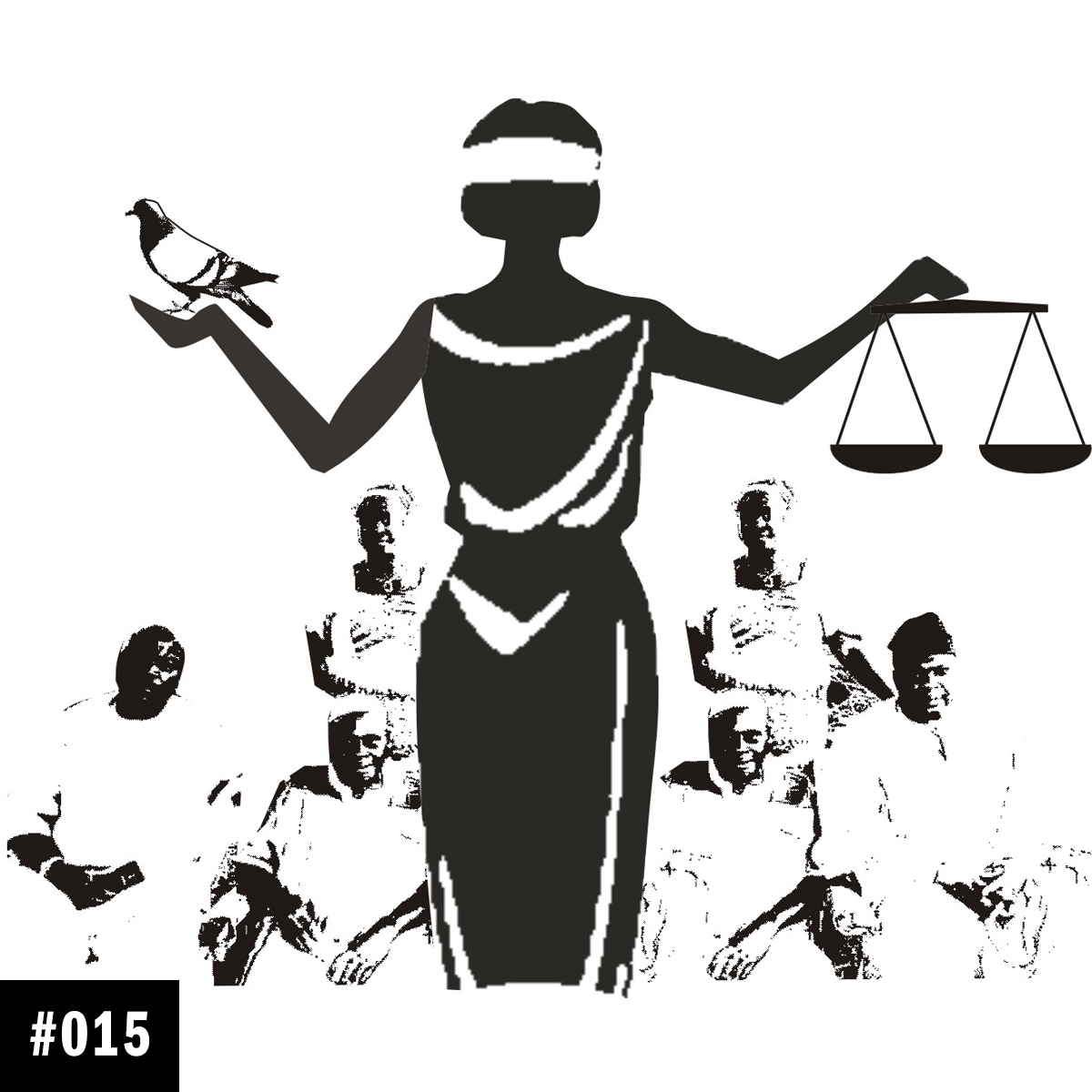
Artist: Don John Omale
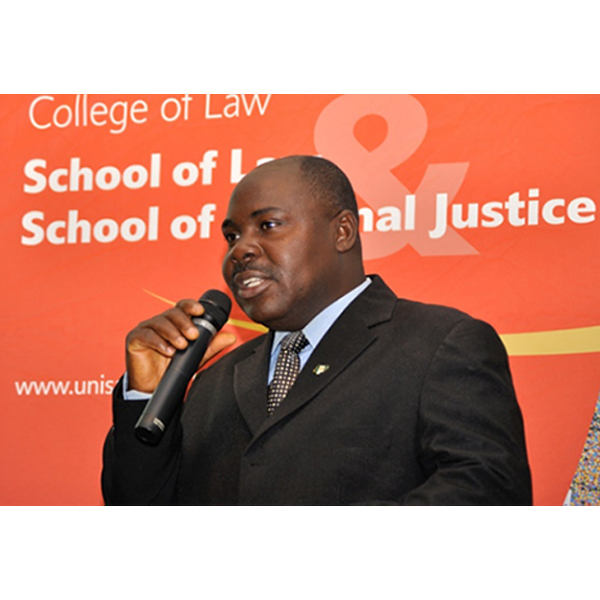
Q: How are you involved with restorative justice?
A: I am involved in restorative justice as a scholar/practitioner. My motivation started in October 1990 when I enlisted into the Nigerian Prisons Service (now the Nigerian Correctional Service) as a cadet officer. The overcrowded awaiting trial inmates made me think that the Nigerian Criminal Justice System could, and ought to, do justice differently. I started the subtle advocacy for Alternatives to Prisons in collaboration with NGOs. The Rotary Foundation International then sent me on a Rotary Study Exchange (GSE) to California, District 51230 USA, where I studied the American system and gave talks on ‘Human rights in Nigeria’ to College students, and at Rotary breakfast meetings and conferences in Fresno, Visalia, Hanford, Salinas and Monterrey, CA, USA.
On my return to Nigeria, I was offered the British Chevening scholarship in 2002 to do my Masters in Criminology at the University of Leicester, UK, where I reviewed international evidence on restorative justice for Nigeria as my Masters dissertation. Subsequently, I returned to the UK for my PhD in Criminology (with specialism in restorative justice and victimology) at De Montfort University Leicester, UK.
Currently, I am a Professor of Criminology with over 30 publications in restorative justice and victimology. I am also involved internationally as an International Advisory Board member to the International Journal of Restorative Justice at the Catholic University, Leuven, Belgium, the Restorative Justice Initiative Midland, UK, the Community of Restorative Researchers, UK and Restorative Justice International, USA respectively.
I am the author of a bestseller book titled Restorative Justice and Victimology: Euro-Africa Perspectives published in The Hague, Netherlands by Wolf Legal Publishers. And I am presently the Founder of the African Forum for Restorative Justice (www.africanforumrj.com).
Q: How did your idea for this art piece originate?
A: My idea for the art piece was to depict the principle and practice of restorative justice in an African context. Hence, I named the artistic impression "An African Restorative Justice Lady" which shows a blindfolded justice lady (a symbol of her impartiality) holding a justice scale on her right hand and a dove on the left (a symbol of peace) facing a group of audience in a restorative justice circle/conference.
The artistic process was a creation of sociological imagination to depict what restorative justice circle/conference should look like; a justice model that ought to bring peace to the stakeholders.
Tied for Third Place: "Justice Lane"
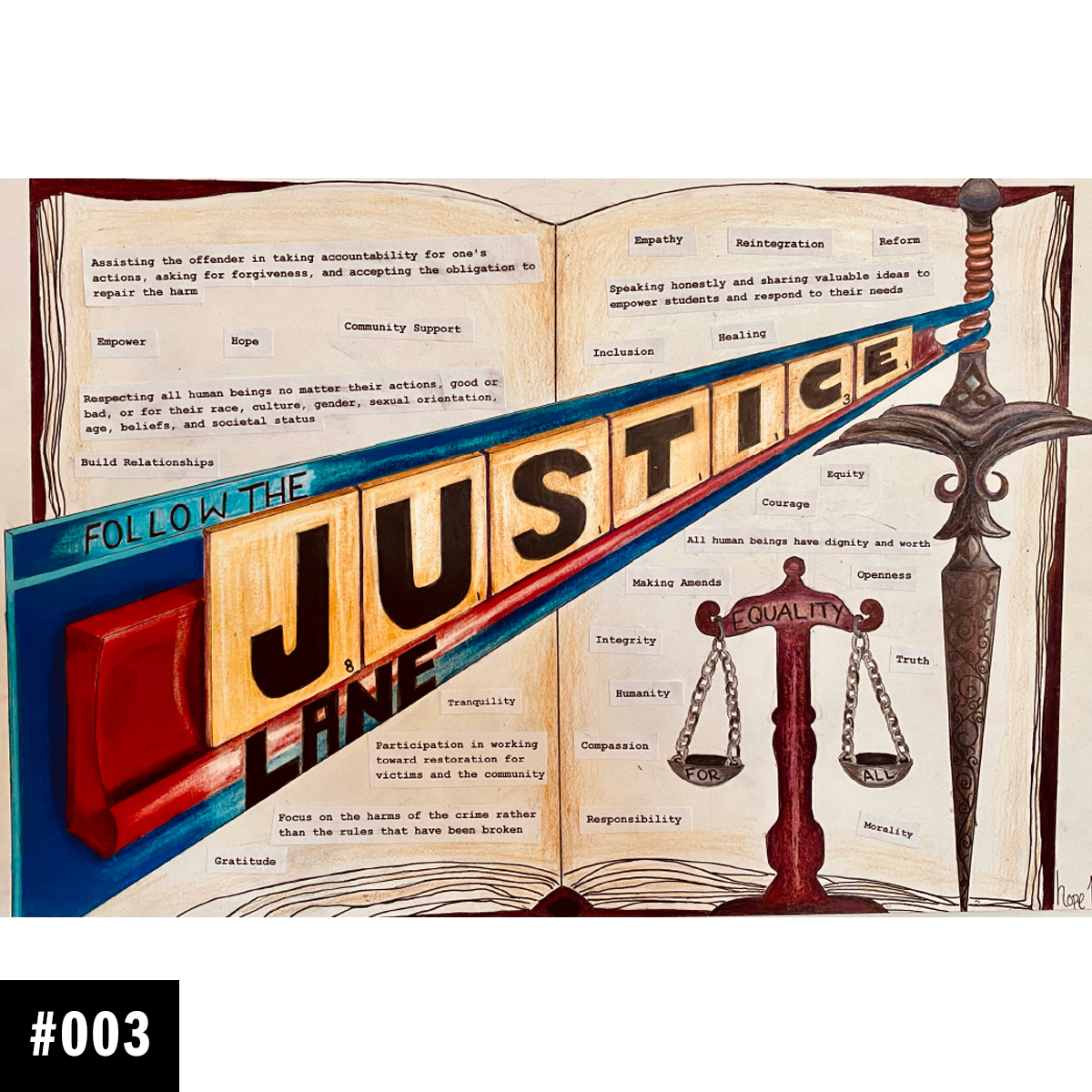
Artist: Hope Hamerslough
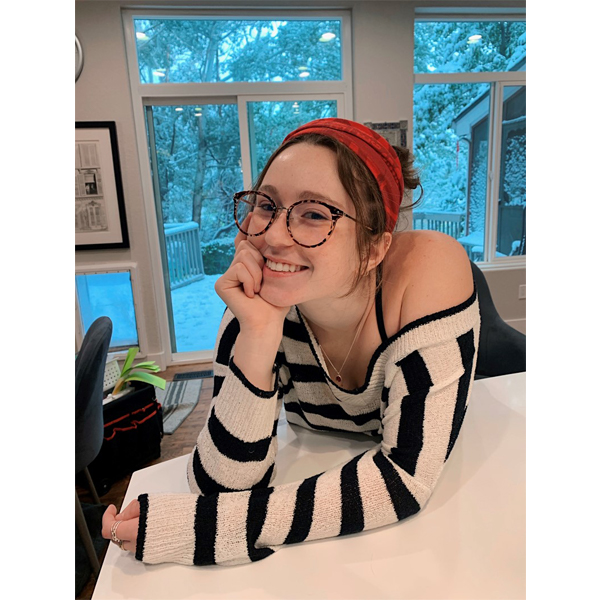
Q: How did your idea for this art piece originate?
A: This piece represents the mission set forth by the restorative justice program. The enlarged words of 'justice' made out of scrabble pieces illustrates the concept that justice is created by the people, that one cannot passively wait, they must follow the path to equality. The street sign represents how the active struggle for justice permeates in everyone's life and can be found everywhere you go. Included in this piece are the balance scale and sword from Lady Justice. The sign also looks like a flag illustrating the tenuousness of justice in today's world. The sword holds up the street sign to represent the power and strength it takes too uphold justice today. The book that Lady Justice stands on is open to the page encapsulating the core values of restorative justice. Restorative Justice is a community full of support and provides students with the ability to make mistakes, take accountability and repair the damage. Through RJ students find their own path and uphold the life-long lessons society needs for equality everywhere. RJ is the future, leading students to strive for change.
Q: How are you involved with restorative justice?
A: I am part of the Restorative Justice project at my school. I do not know how different our methods are to others schools, but New Vista is the only school in Boulder implementing this new form of discipline. I believe in the ideals and values of RJ, hence why I chose to join our team. We take pride in students that come together to provide our community with a safe space to grow. We are a more student led group with administrative observation, but I enjoy how they place a lot of work and importance on the students leading and learning RJ. I have taken an active role in RJ with visual learning, thus constantly trying to expand to other schools and teach them our ways. I have loved being a part of this team and hope that I do them justice
Q: How did your idea for this art piece originate?
A: My idea for this art piece originated after I read the Divergent book for a fifth time. I came to this idea that we have a choice whether or not to follow the path of resistance. So instead of writing Restorative I wrote Justice. This is an ideal, something we as a society are constantly striving for and all it takes is a choice to follow the right or the wrong, following the path to justice is something we have to choose so I tried to make it as appealing as possible. This is something I stand by. I remember a quote that has stuck with me for the longest time “Our greatest freedom is the freedom to choose our attitude and react to any given situation.” -Victor Frankl. This was the foundation for my piece, the active choice to be kind, selfless, attentive, equitable, honest, and restorative is something I strive for, and I wanted to bring this out in my piece.
I enjoyed this whole process and I am so thankful for the opportunity to represent the RJ values.
This project is supported by Grant No. 2020-MU-CX-K001 awarded by the Bureau of Justice Assistance. The Bureau of Justice Assistance is a component of the U.S. Department of Justice’s Office of Justice Programs, which also includes the Bureau of Justice Statistics, the National Institute of Justice, the Office of Juvenile Justice and Delinquency Prevention, the Office for Victims of Crime, and the SMART Office. Points of view, images, or opinions in this document and are those of the author and do not necessarily represent the official position or policies of the U.S. Department of Justice.
Reimagining Justice
Please share this art show!



